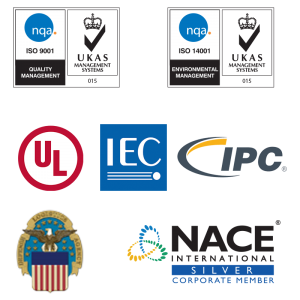
Polyurethanes are used to make products with properties ranging from soft flexible foams such as memory foam mattresses, to rigid foams used for house insulation. They can be made into soft rubber as used for skateboard wheels or into very hard enamels as used in modern automobile paints.
The range of properties can be quite wide, just by changing the chemistry a little, but there's a problem. The traditional chemistry uses materials that have an affinity for water. For applications such as fountains, pond liners, waterproofing, water and waste water tanks, roofing — where long term or constant immersion is an essential requirement — that affinity for water will lead, eventually, to the product swelling or even failing. The reason is in the chemistry, itself. Here’s why.
The backbone of a conventional polyurethane is a polyether — terms such as polyethylene glycol, polyethylene oxide, polypropylene glycol, polyether are all synonymous. They describe materials having a repeating oxygen in the strands, making them all very polar ... like water is. And similar materials will dissolve similar materials.

Glycol Ether: Note the repeating oxygen every third position in the chain. That makes the entire chain “hydrophilic” — water loving.
Urethanes using this chemistry are sensitive to moisture, particularly in immersion. The backbone polymer — polyether or polyglycol — retains much of its affinity for water, even in the finished product. Without countermeasures, the urethane will swell or degrade in water ... as if it were dissolving. A formulator needs to work very hard to overcome this built-in tendency to swell or degrade. It isn't easy and often the compromises are unwanted, but necessary trade-offs in formulation, (i.e., giving up one good chemical property in order to make another acceptable).
An alternate approach is to use materials that are extremely insensitive to water. Asphalt and coal tar are historically chosen, but coal tar has fallen in disfavor lately due to the toxicity of some of its constituents. Asphalt does not have that problem.[i]
But there is a problem with this alternate approach, too. Polyglycols used in conventional urethanes are not compatible with materials such as asphalt, not even close. To use asphalt, one needs to develop a different backbone, avoiding the repetitive oxygen of the glycol ether that imparts water sensitivity. We refer to such a product as a “hydrophobic” urethane, i.e., water hating — or more chemically, as a non-polyether or non-glycol urethane.
So what are the advantages of this alternative approach, if one can do it? It makes it possible to take advantage of urethane chemistry, producing products with exceptional water resistance. CIM1000 produced by Chase Corporation for example, is a rubber (elastomeric) coating using non-glycol constituents. It works extremely well on concrete that is prone to cracking. And it has demonstrated decades in extreme immersion environments without failure. The lack of that repeating oxygen in the backbone chemistry allows the coating to take advantage of the water resistance of asphalt, while imparting stretch and strength to the coating, typical of a well formulated urethane.
There is a big difference between a glycol-based urethane and a non-glycol based one, particularly for applications such as waterproofing coatings. Whenever immersion in water is the issue, glycol-based urethanes have a serious barrier to overcome. A well formulated non-glycol based urethane has a significant head start.
[i] In fact, CIM's coatings have been exhaustively tested and approved by two separate labs as suitable for contact with drinking water.
Also read:


